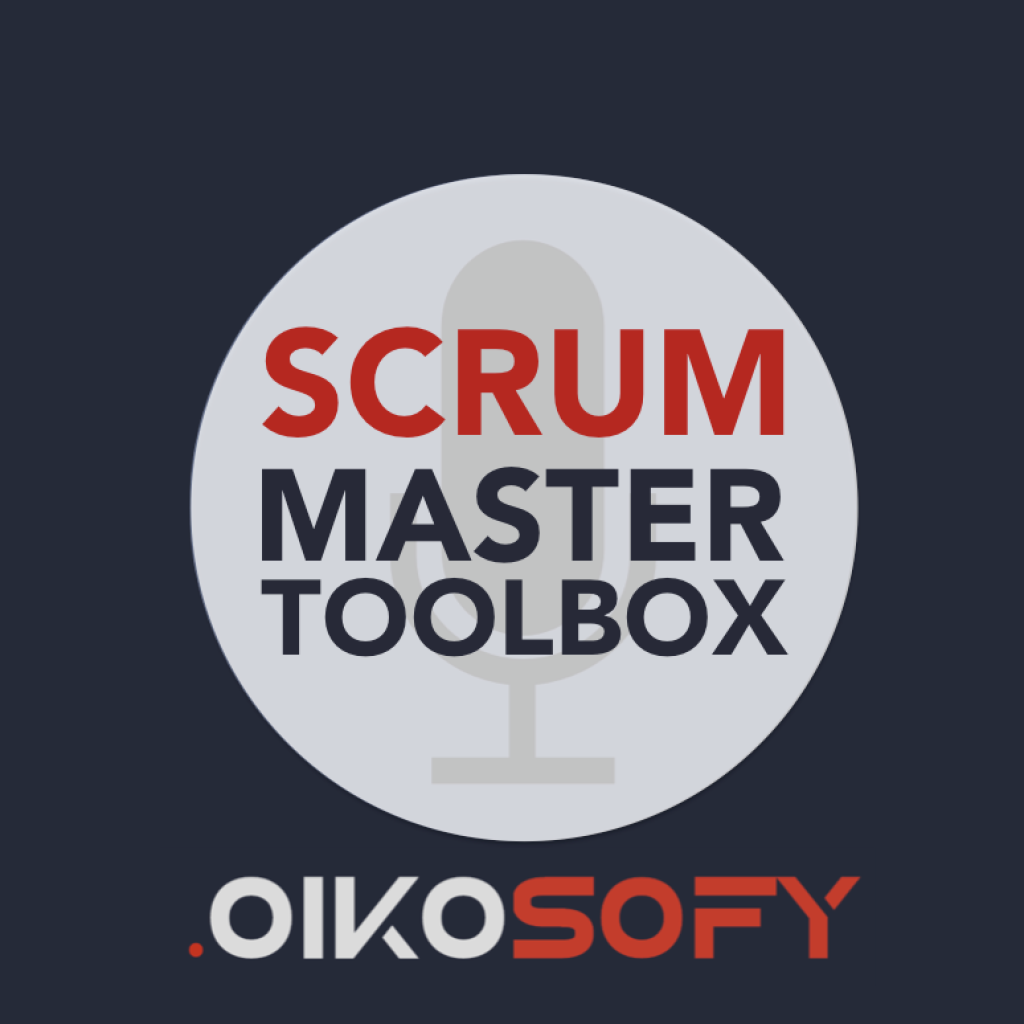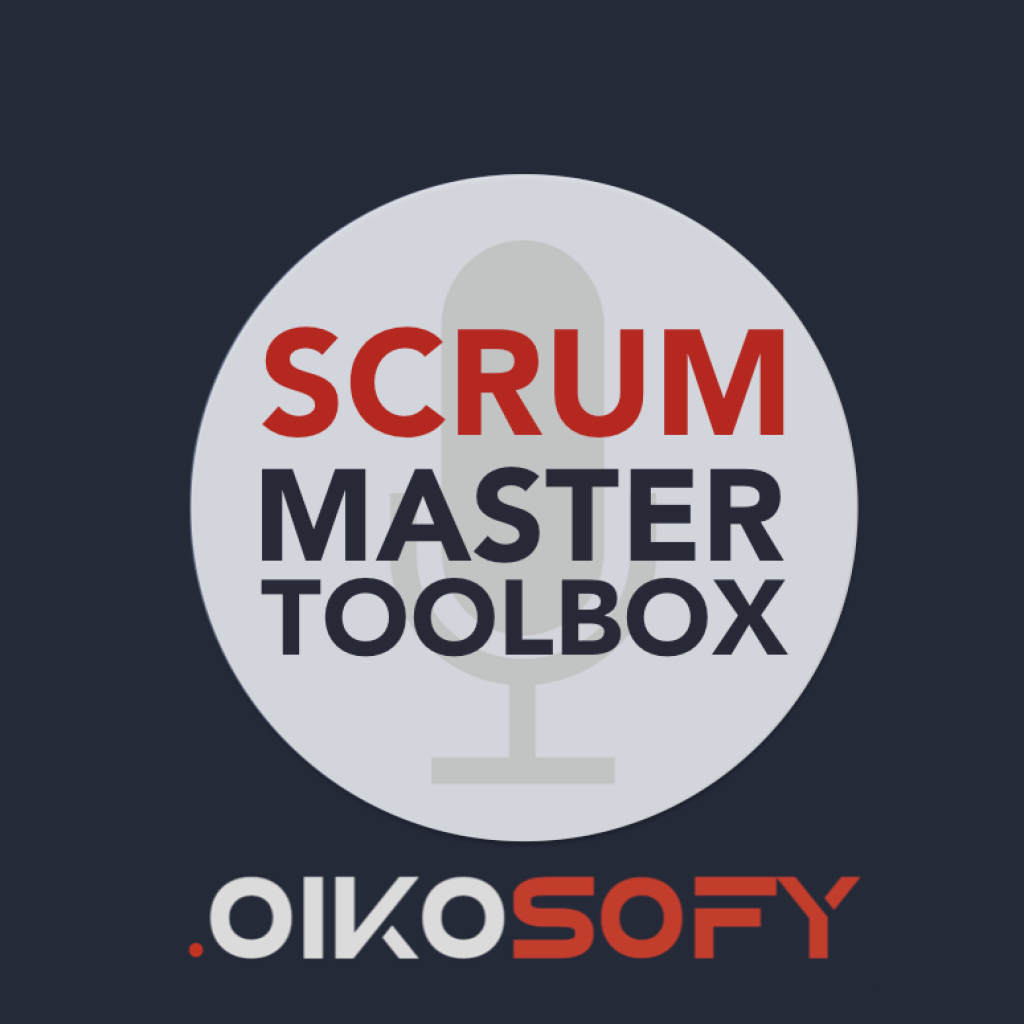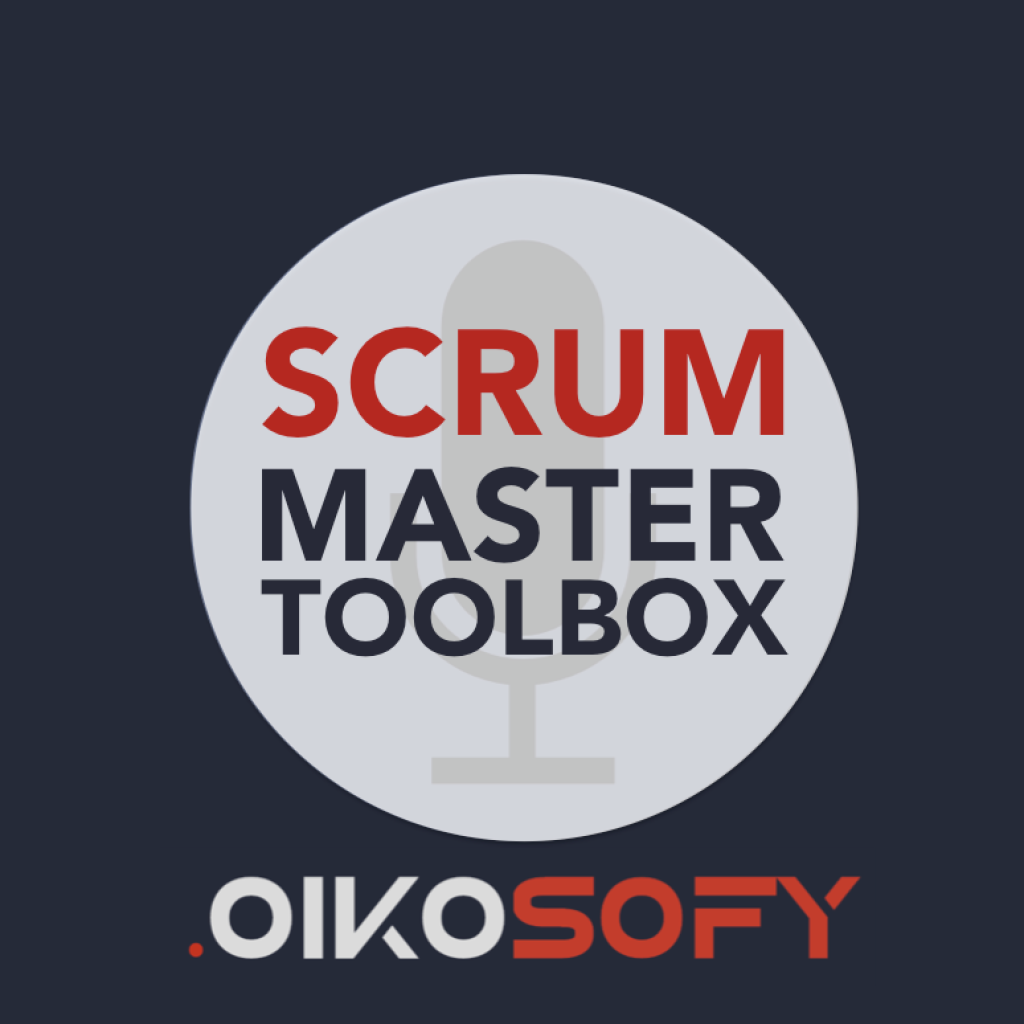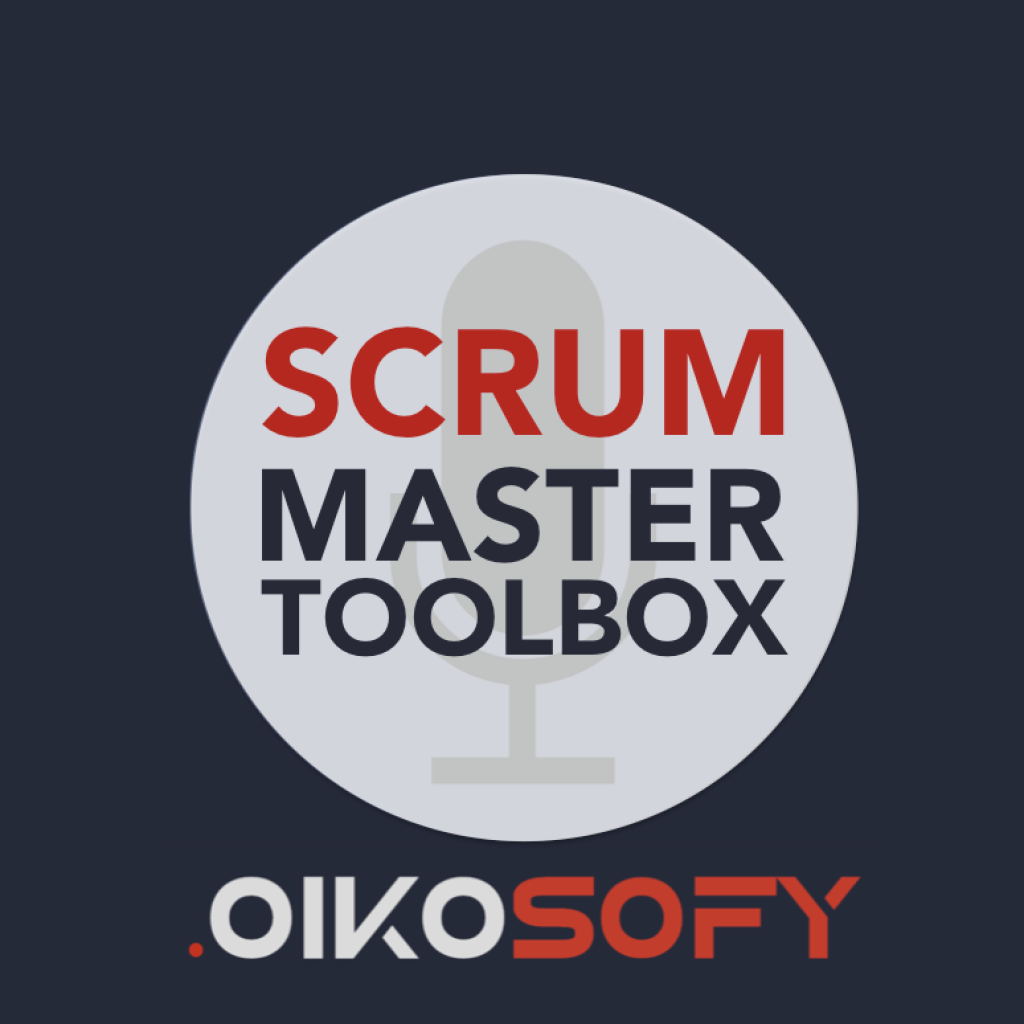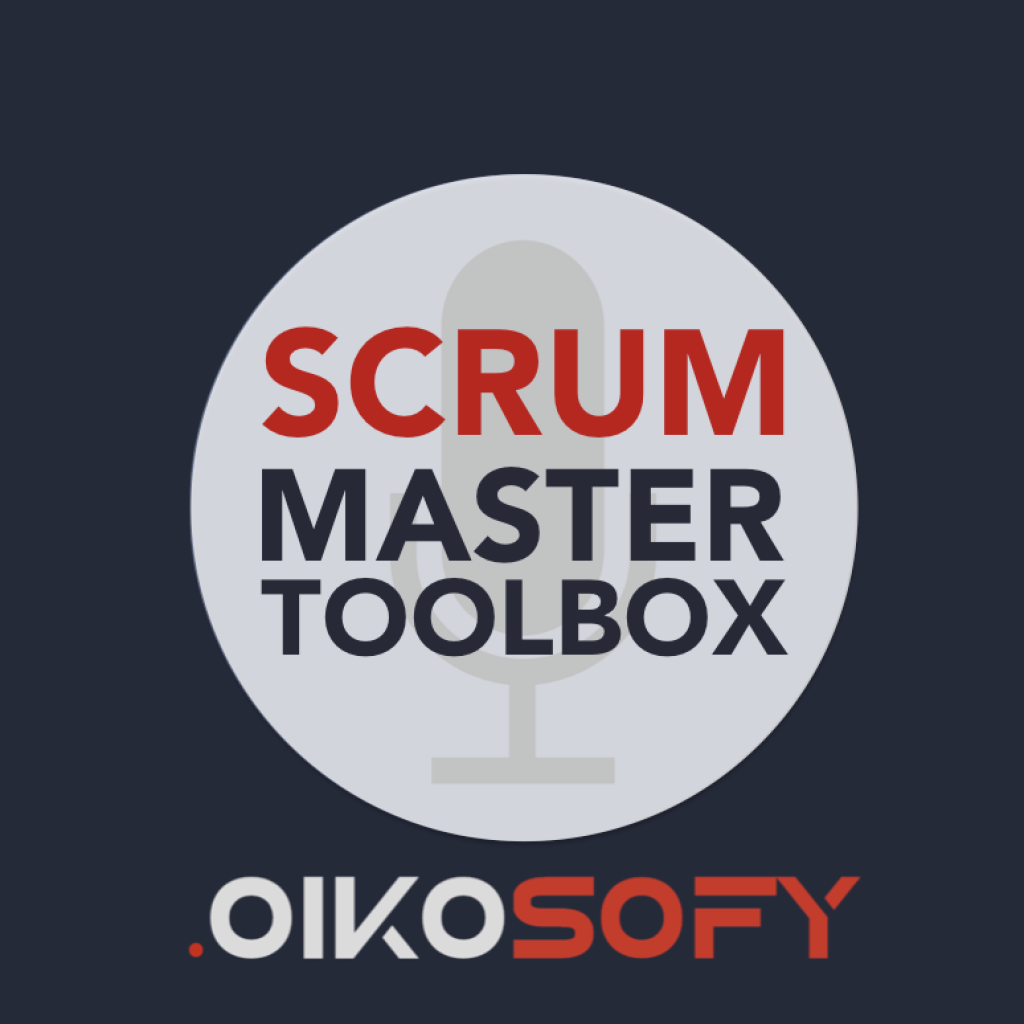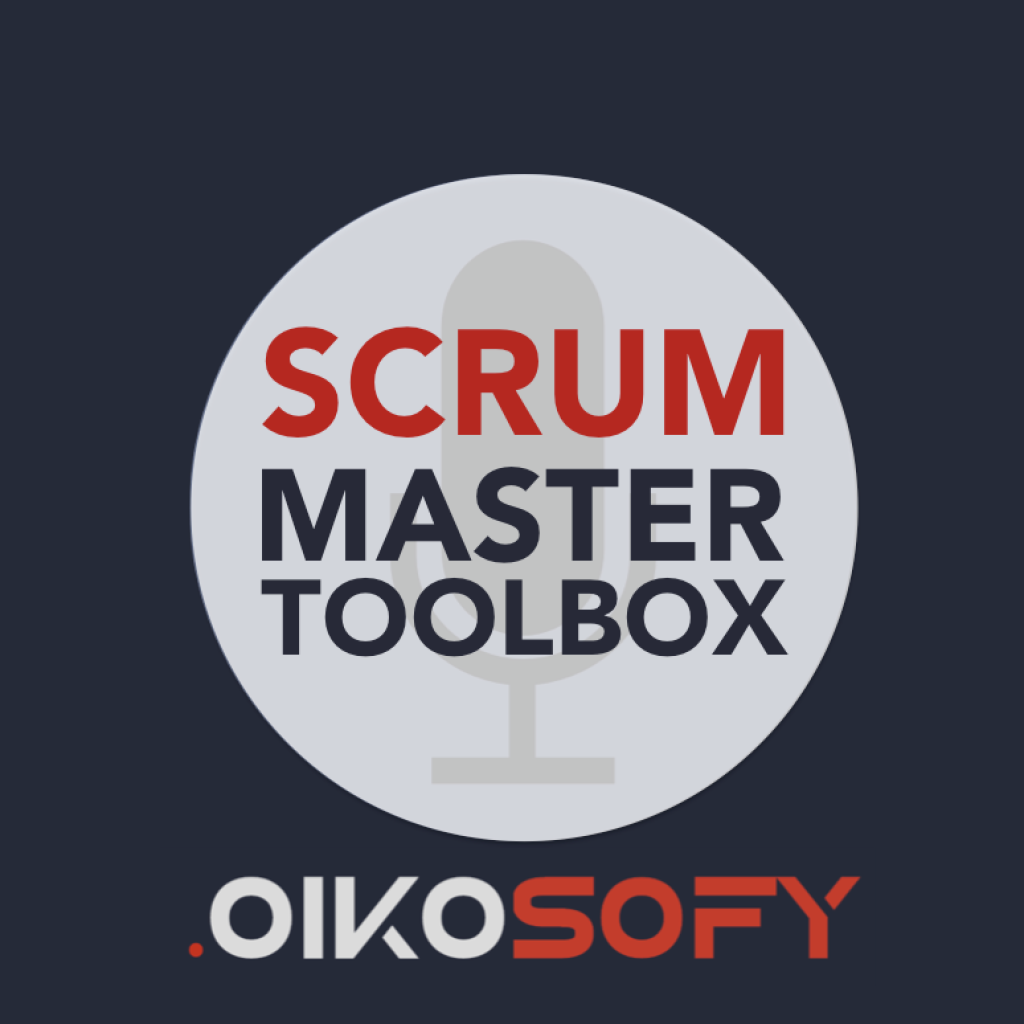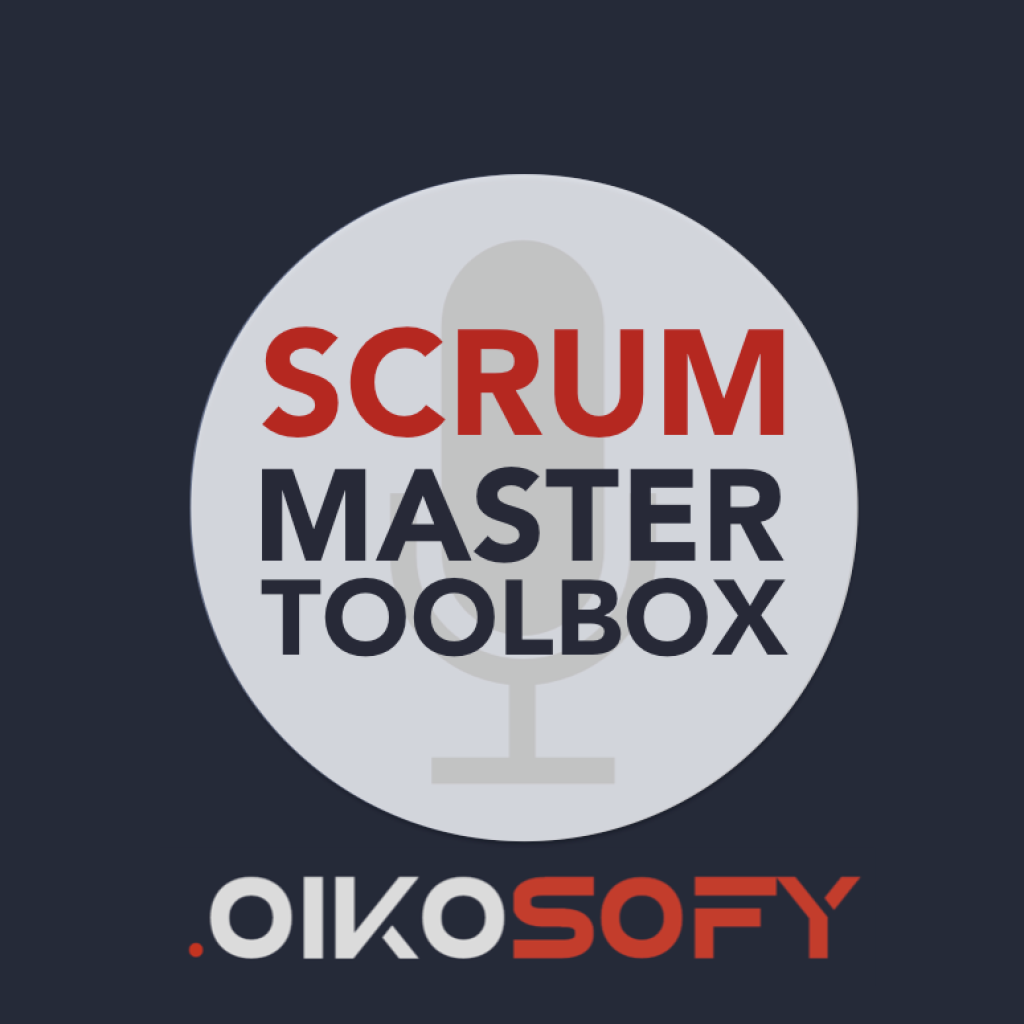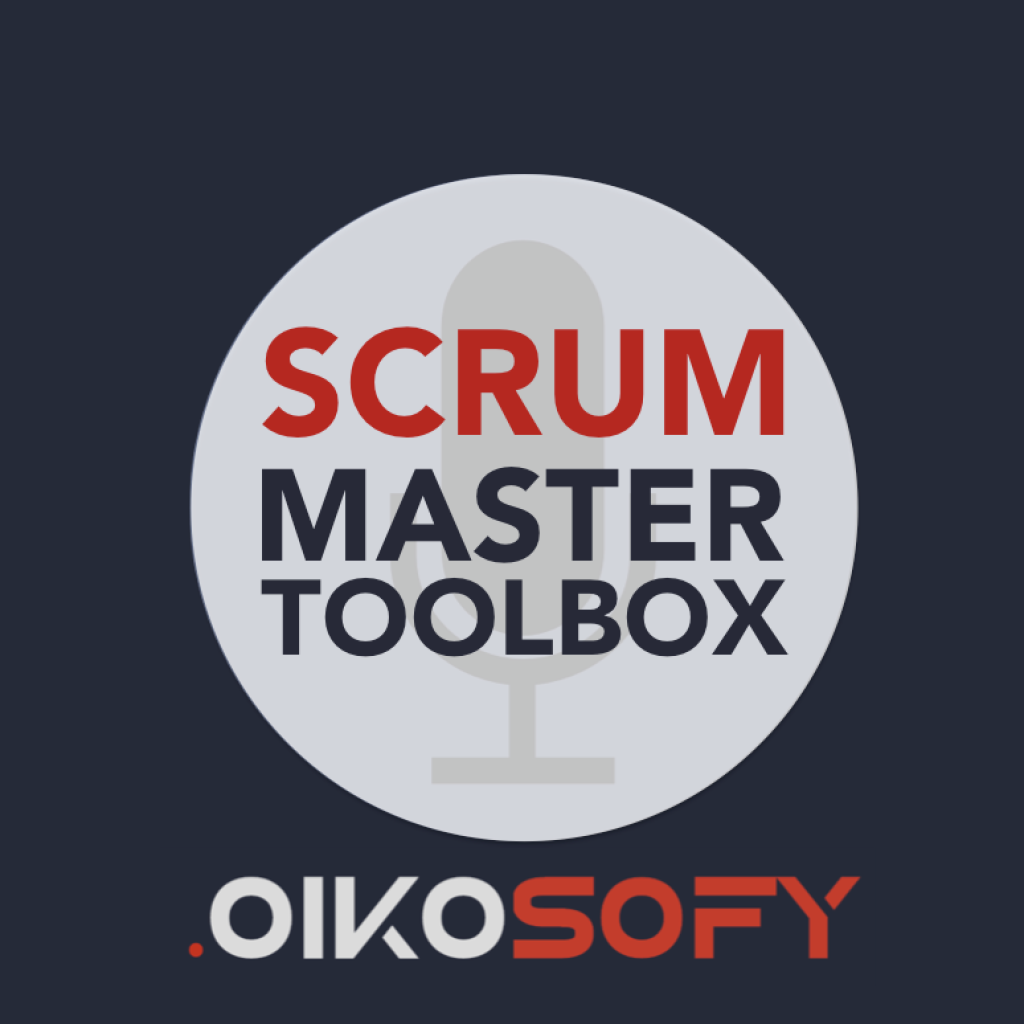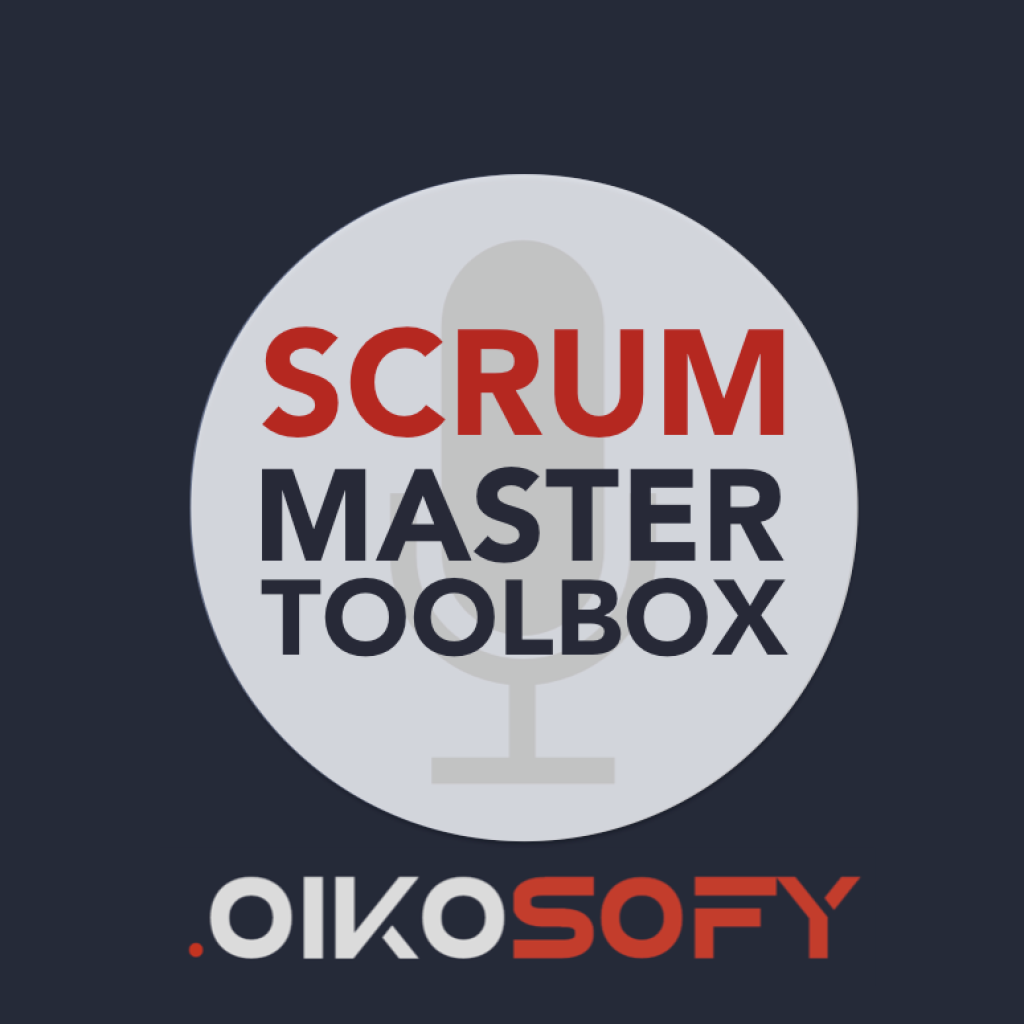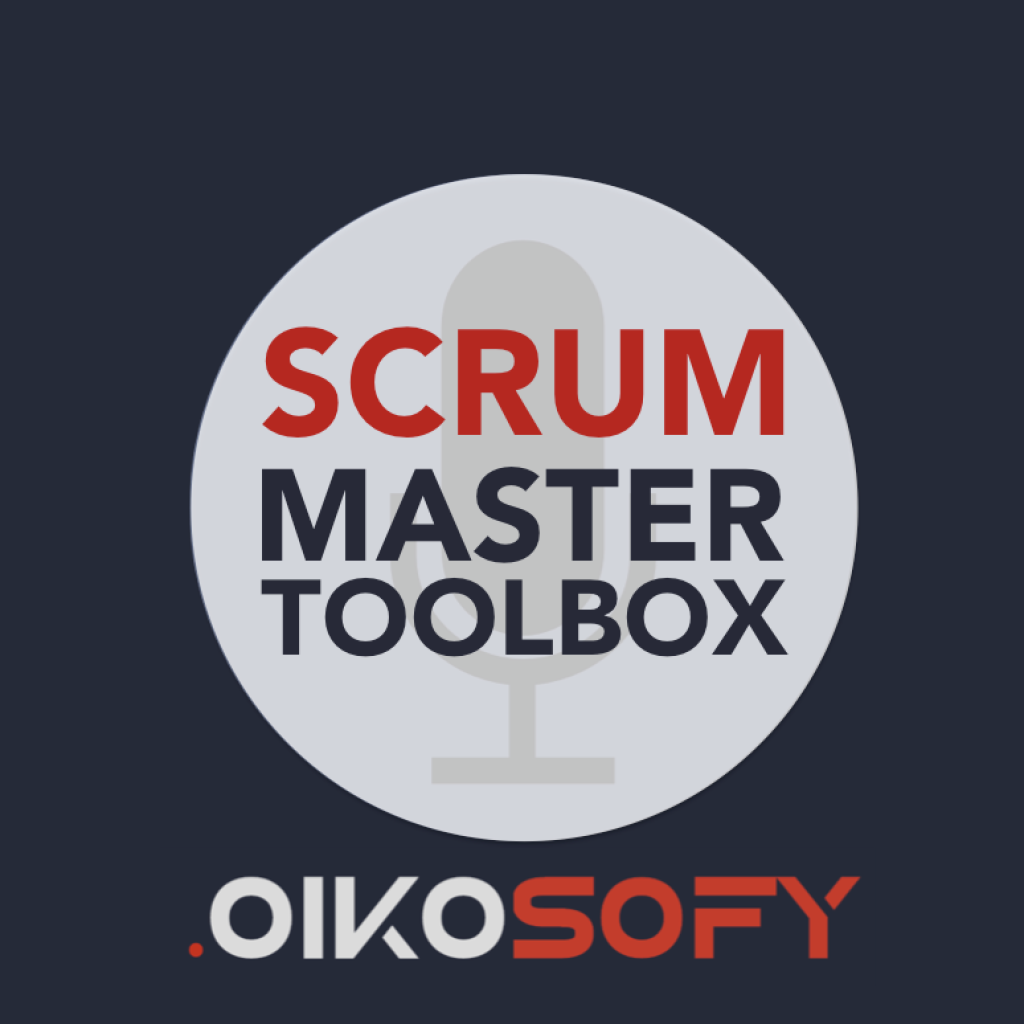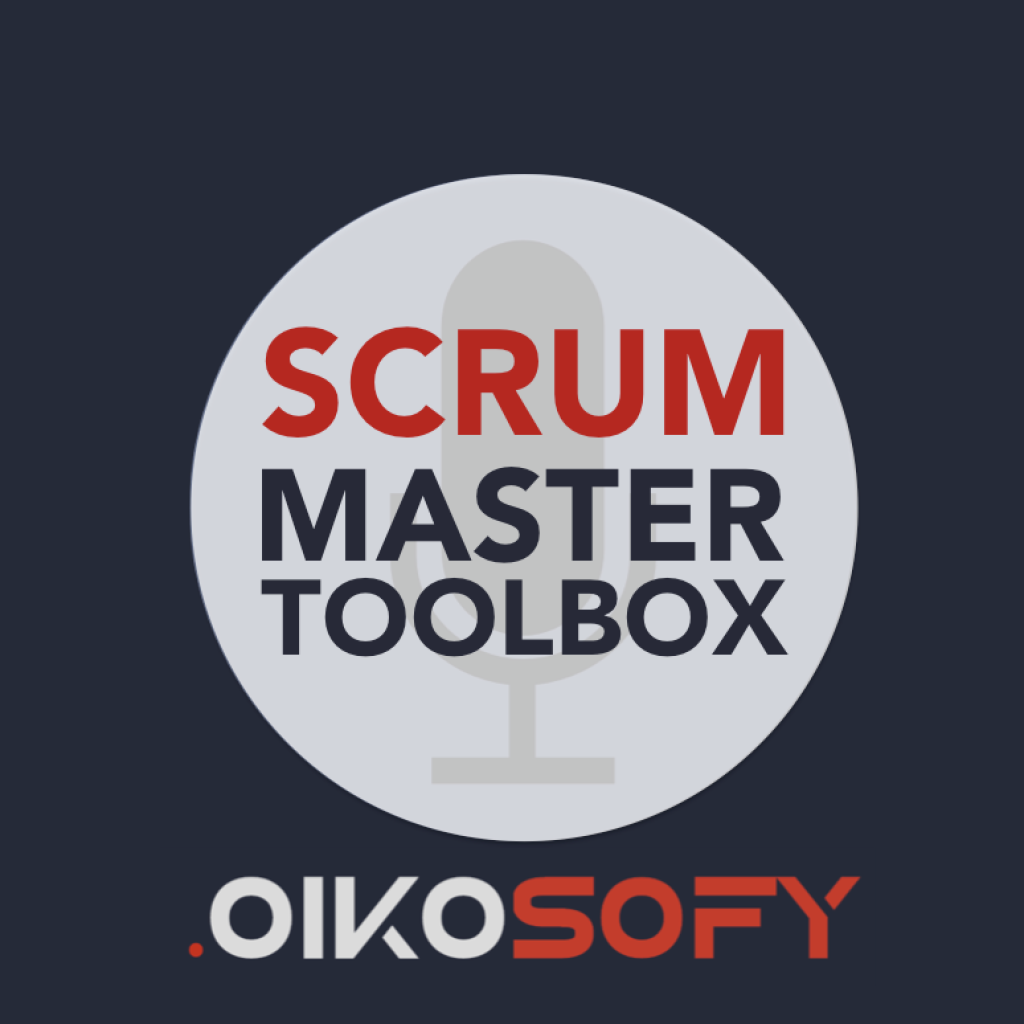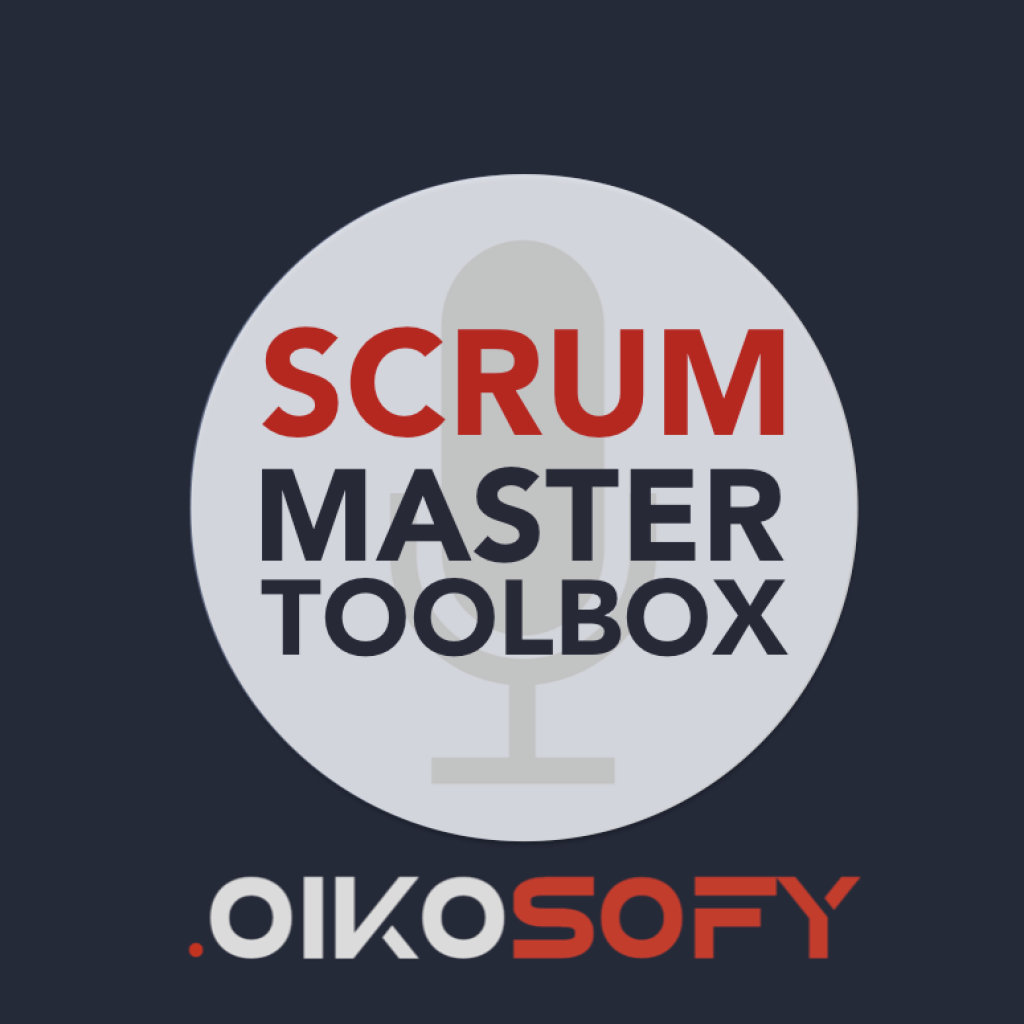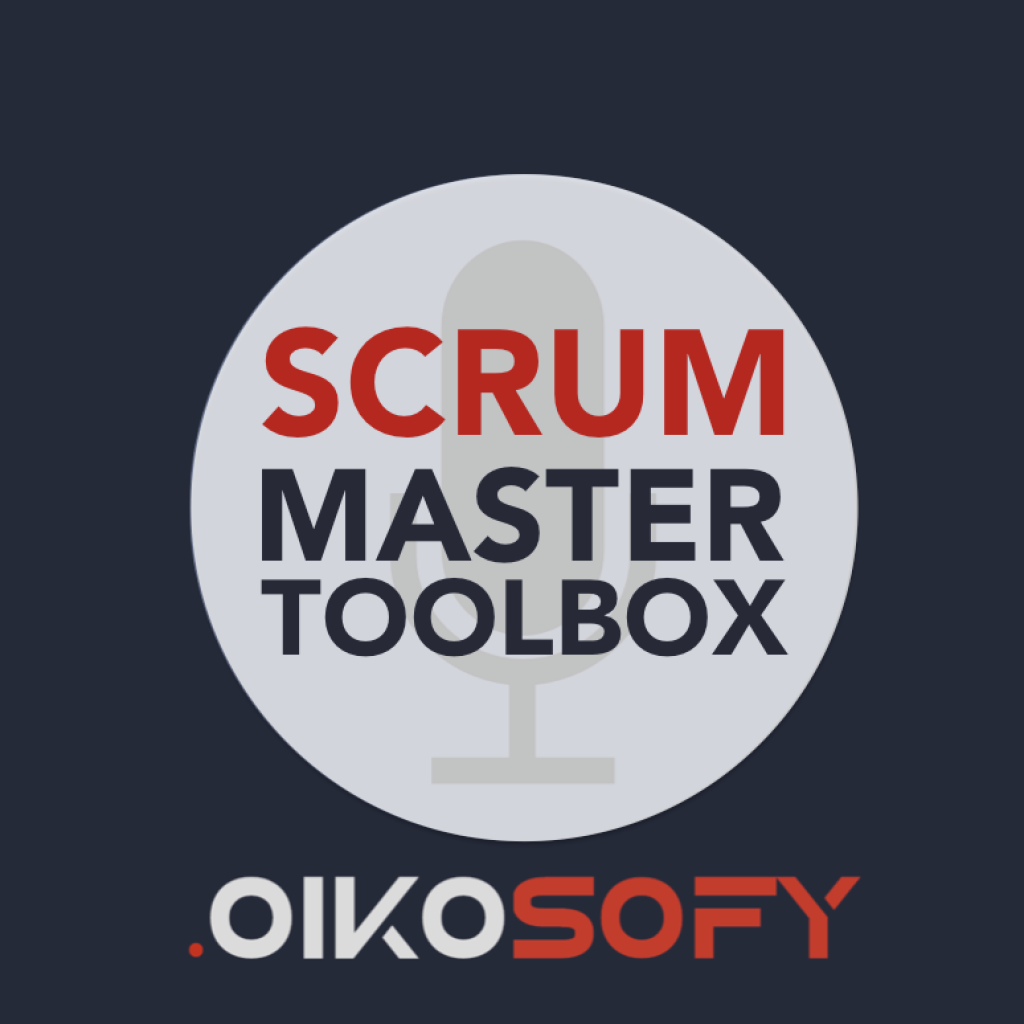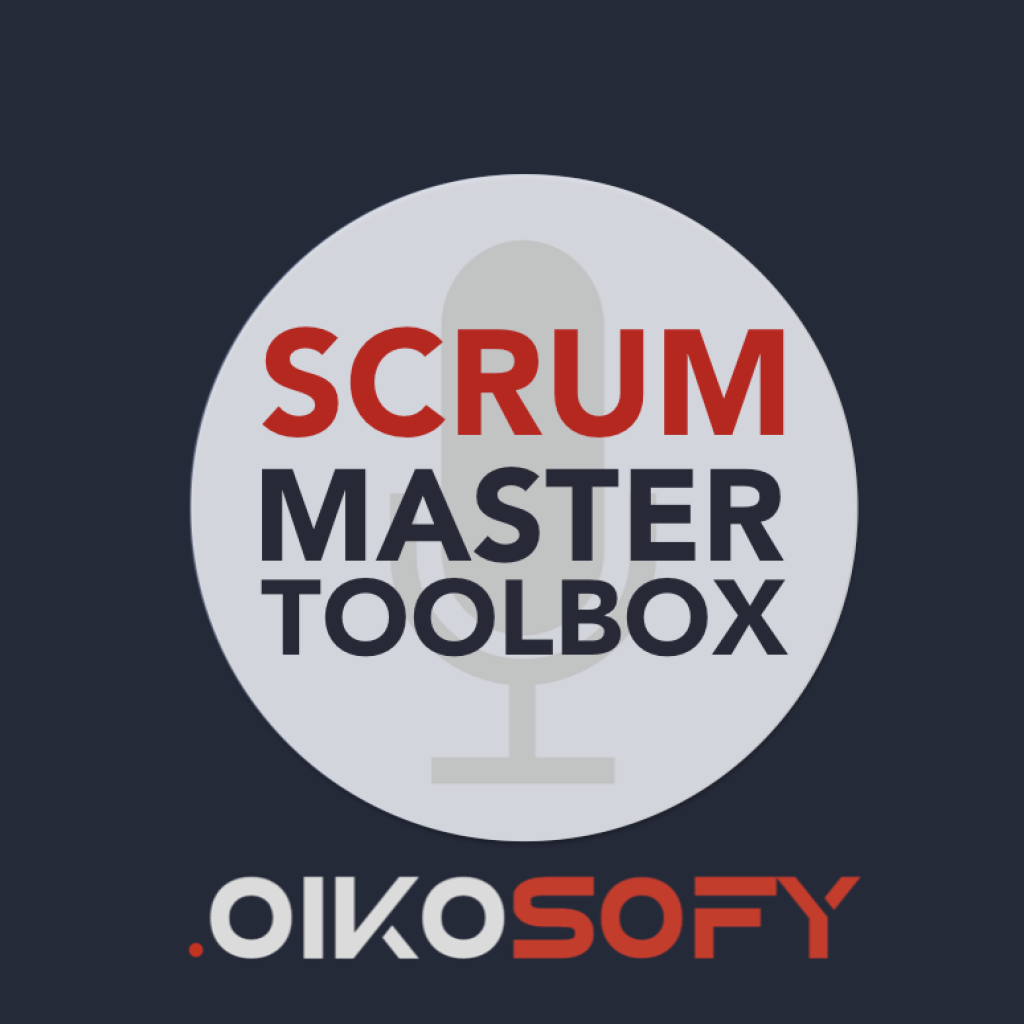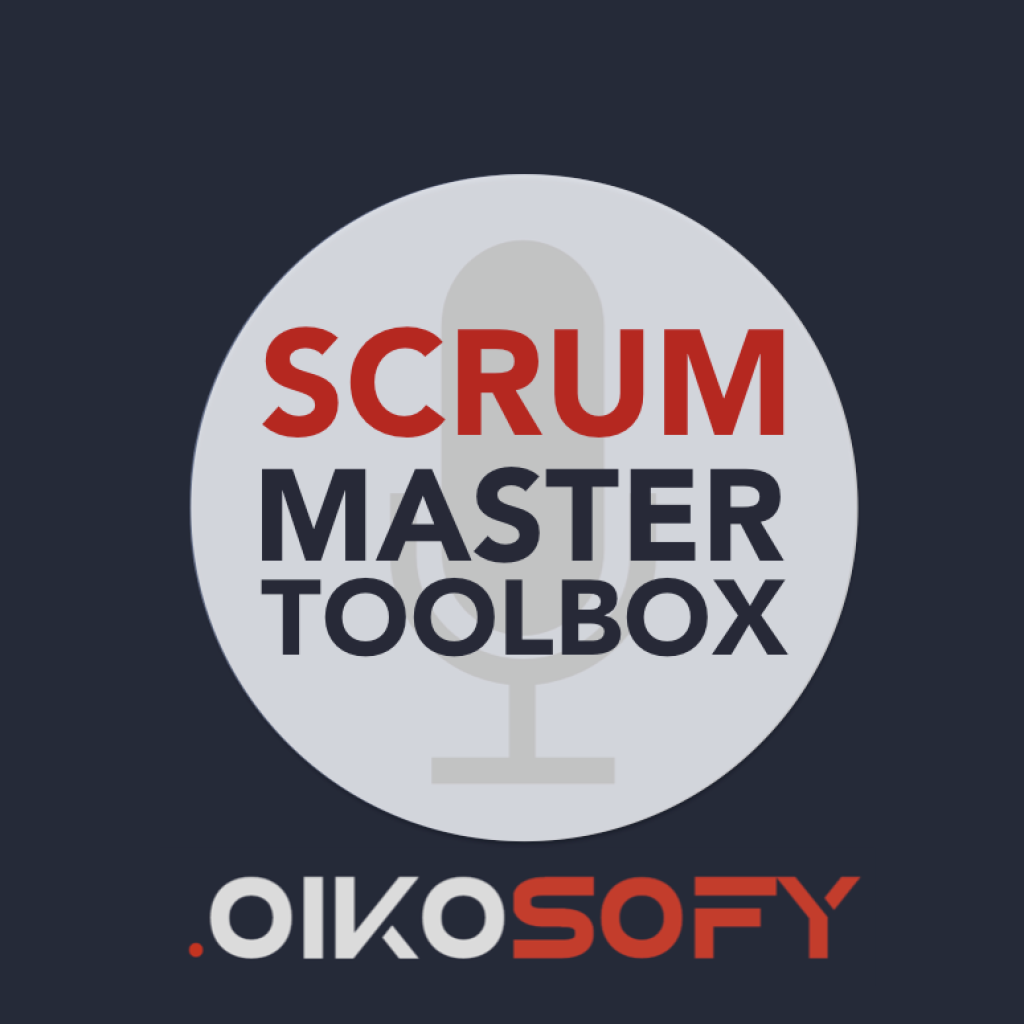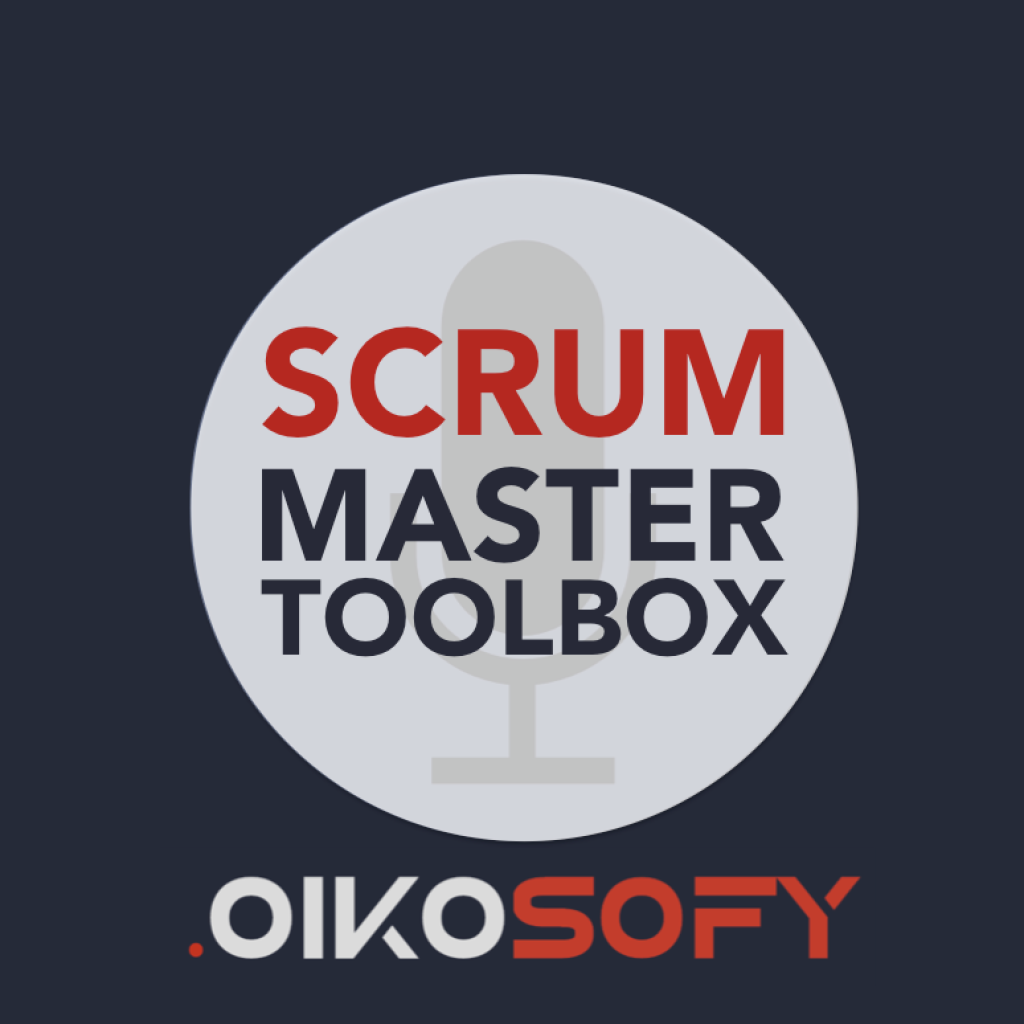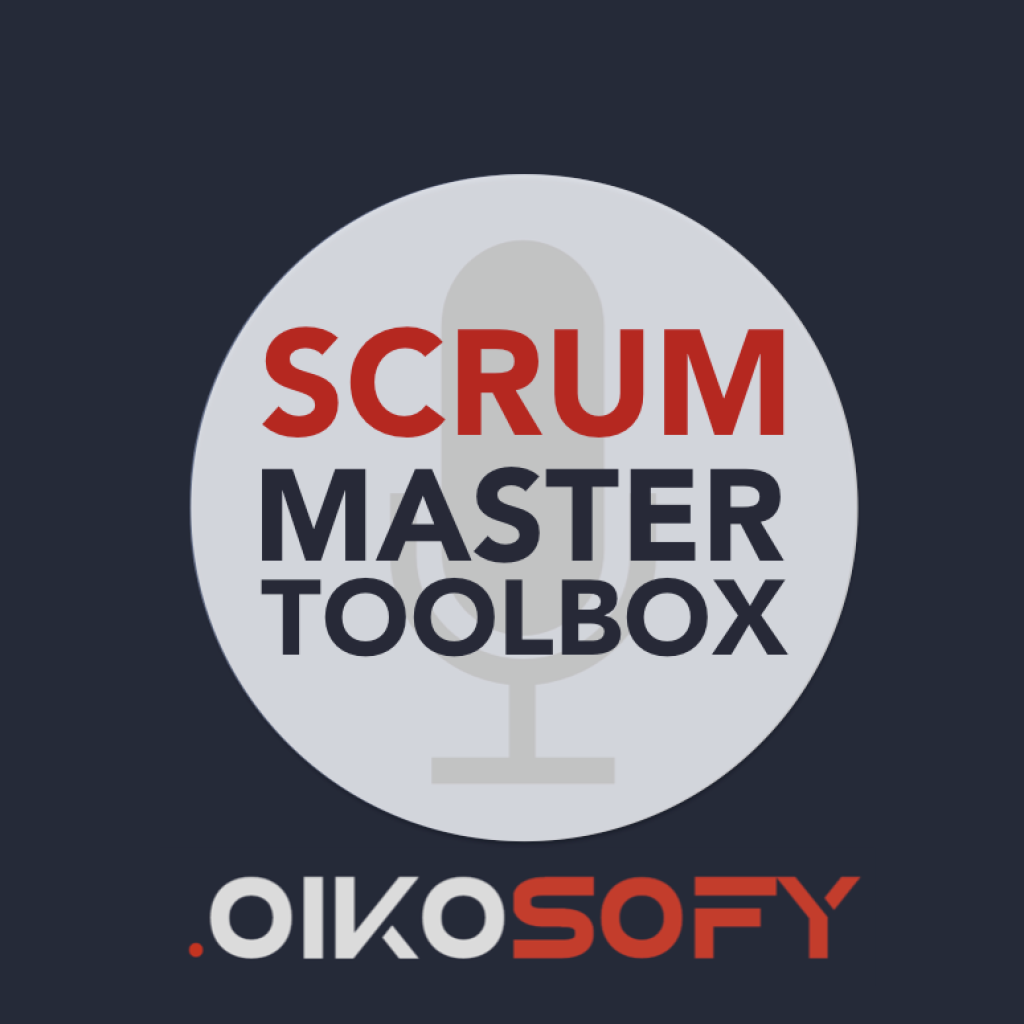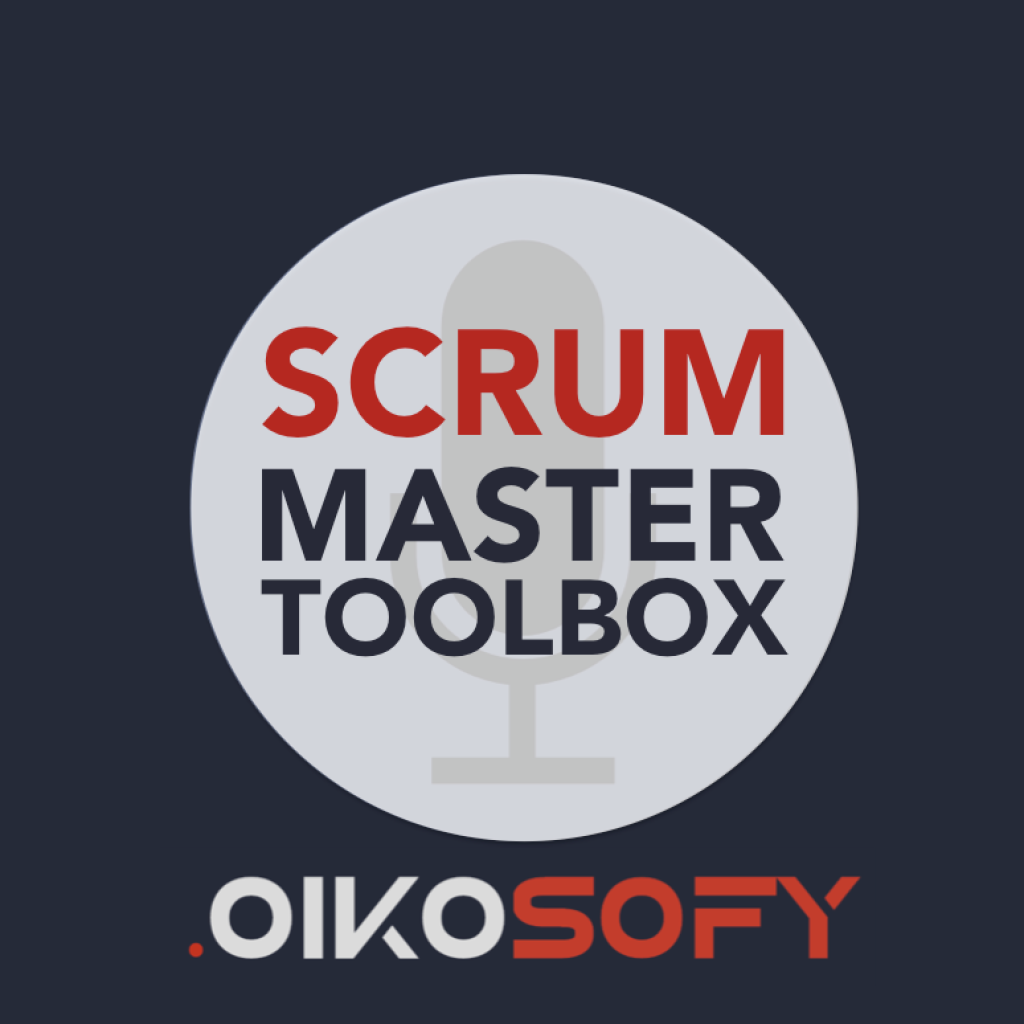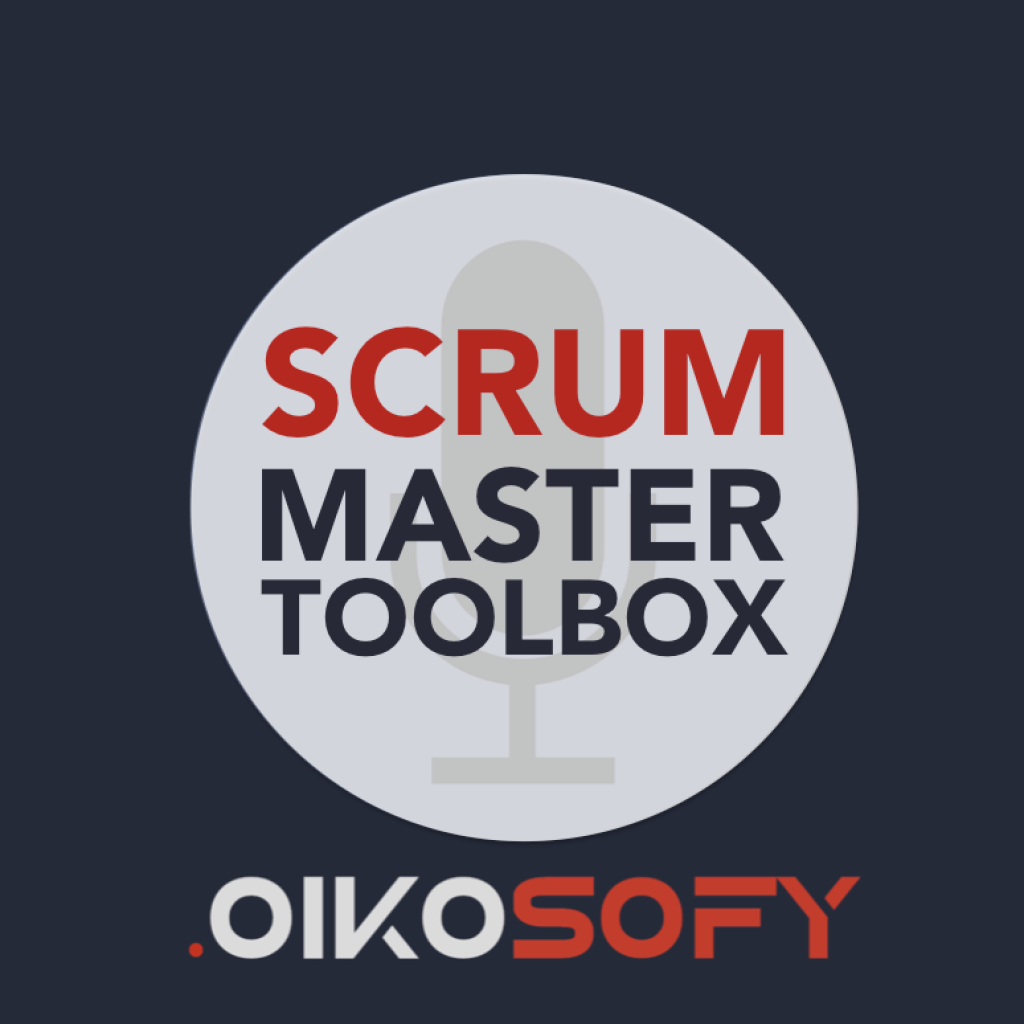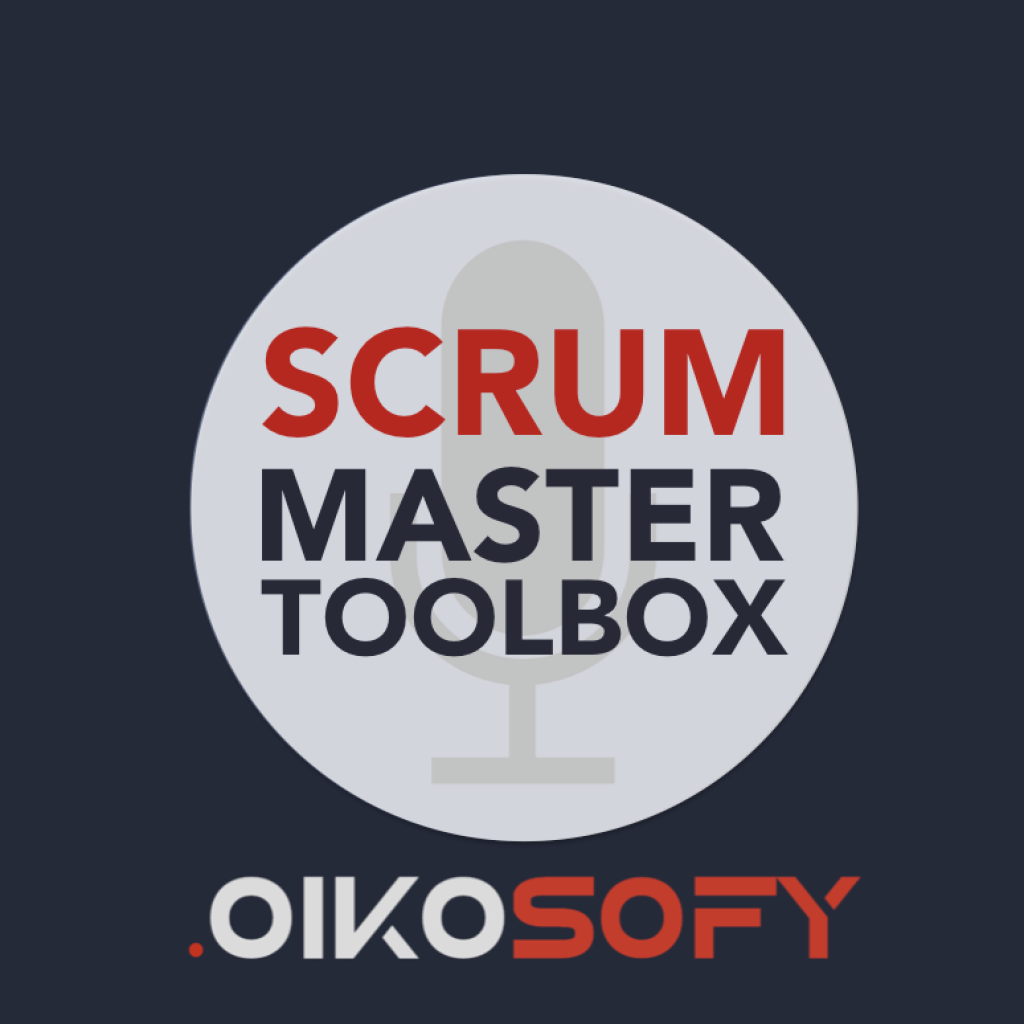Agile Meets AI—How to Code Fast Without Breaking Things | Llewellyn Falco
Description
AI Assisted Coding: Agile Meets AI—How to Code Fast Without Breaking Things, With Llewellyn Falco
In this BONUS episode we explore the practice of coding with AI—not just the buzzwords, but the real-world experience. Our guest, Llewellyn Falco, has been learning by doing, exploring the space of AI-assisted coding from the experimental and intuitive—what some call vibecoding—to the more structured world of professional, world-class software engineering. This is a conversation for practitioners who want to understand what's actually happening on the ground when we code with AI.
Understanding Vibecoding
"You can now program without looking at code. When you're in that space, vibecoding is the word we're using to say, we are programming in a way that does not relate to programming last year."
The software development landscape shifted dramatically in early 2025. Vibecoding represents a fundamental change in how we create software—programming without constantly looking at the code itself. This approach removes many traditional limitations around technology, language, and device constraints, allowing developers to move seamlessly between different contexts. However, this power comes with responsibility, as developers can now move so fast that traditional safety practices become even more critical.
From Concept to Working App in 15 Minutes
"We wrote just a markdown page of ‘here's what we want this to look like’. And then we fed that to Claude Code. And 15 minutes later we had a working app on the phone."
At the Agile 2025 conference in Denver, Llewellyn participated in a hackathon focused on helping psychologists prevent child abuse. Working with customer Amanda, a psychologist, and data scientist Rachel, the team identified a critical problem: clinicians weren't using the most effective parenting intervention technique because recording 60 micro-interactions in 5 minutes was too difficult and time-consuming.
The team's approach embodied lean startup principles turned up to eleven. After understanding the customer's needs through exposition and conversation, they created a simple markdown specification and used Claude Code to generate a working mobile app in just 15 minutes. When Amanda tested it, she was moved to tears—after 20 years of trying to make progress on this problem, she finally had hope. Over three days, the team released 61 iterations, constantly getting feedback and refining the solution.
Iterative Development Still Matters When Coding With AI
"We need to see things working to know what to deliver next. That's never going to change. Unless you're building something that's already there."
The team's success wasn't about writing a complete requirements document upfront. Instead, they delivered a minimal viable product quickly, tested it with real users, and iterated based on feedback. This agile approach proved essential even—or especially—when working with AI.
One breakthrough came when Amanda used the number keypad instead of looking at her phone screen. With her full attention on the training video she'd watched hundreds of times, she noticed an interaction she had missed before. At that moment, the team knew they had created real value, regardless of what additional features they might build.
Good Engineering Practices Without Looking at Code
"We asked it to do good engineering practices, even though we didn't really understand what it was doing. We just sort of say, okay, yeah, that seems sensible."
A critical moment came when the code had grown large and complex. Rather than diving into the code themselves, Llewellyn and his partner Lotta asked the AI to refactor the code to make a panel easy to switch before actually making the change. They verified functionality worked through manual testing but never looked at how the refactoring was implemented. This demonstrates tha

